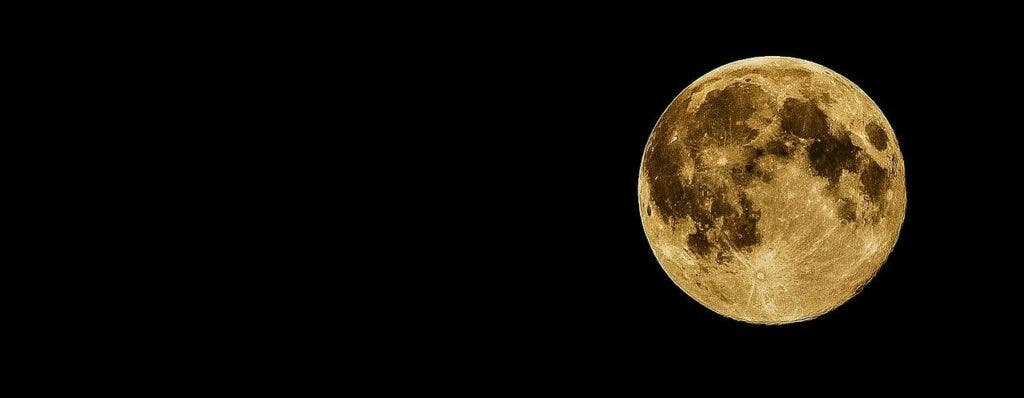The night sky this Tuesday will be a sight to behold for each and every Moon enthusiast. Our planet’s natural satellite will be on full display as a supermoon.

In the folklore of the northeastern U.S. and eastern stretches of Canada, July’s full moon is known as the strawberry moon. This name was inherited from the Native American tribe that used to inhabit this region, the Algonquin. While you may be disappointed to find out that this name in no way corresponds to the Moon’s color during that night like the blood moon — the Algonquin used the June full moon to time their strawberry harvesting season — NASA still promises that the satellite will be putting on a show for everyone to enjoy.
Supermoon
This June, the Moon will be at its closest distance to Earth along its orbit, meaning that the upcoming strawberry moon will dominate the night sky. In effect, we will have the chance to witness a supermoon.
A supermoon is usually defined as any full Moon that occurs while it is at a distance of at least 90% of the perigee distance. The perigee is the point at which the Moon is closest to our planet along its orbit. On Tuesday night, it will be around 222,230 miles or 357,650 kilometers away from Earth, fitting comfortably within supermoon distance.
According to NASA, a supermoon is around 17% larger and 30% brighter than the faintest moon of the year (when the Moon is at its farthest away from Earth). They add that supermoons are relatively rare, with only three or four of them occurring per year, and always consecutively.
This year’s will appear from Sunday evening through to Wednesday morning, with Tuesday night being the most spectacular as it will be fully illuminated by the Sun. The best times to enjoy the show, according to Forbes, are around moonrise and moonset.
Being a full supermoon, this would be a great opportunity to scout the Moon’s features with the naked eye — partially because of its larger size and partially as all its reflected light will blot out other features on the night’s sky. You might be able to notice tinier features such as craters or mountains on its surface even with a pair of regular binoculars, and anyone owning a telescope will be in for a treat.
You can also watch the full moon rise over Rome starting on a free livestream from the Virtual Telescope Project in Ceccano, Italy.
Tuesday’s moon is the second of the supermoons that will be visible in the Northern Hemisphere during this summer, with the next two expected on July 13 and August 11.









